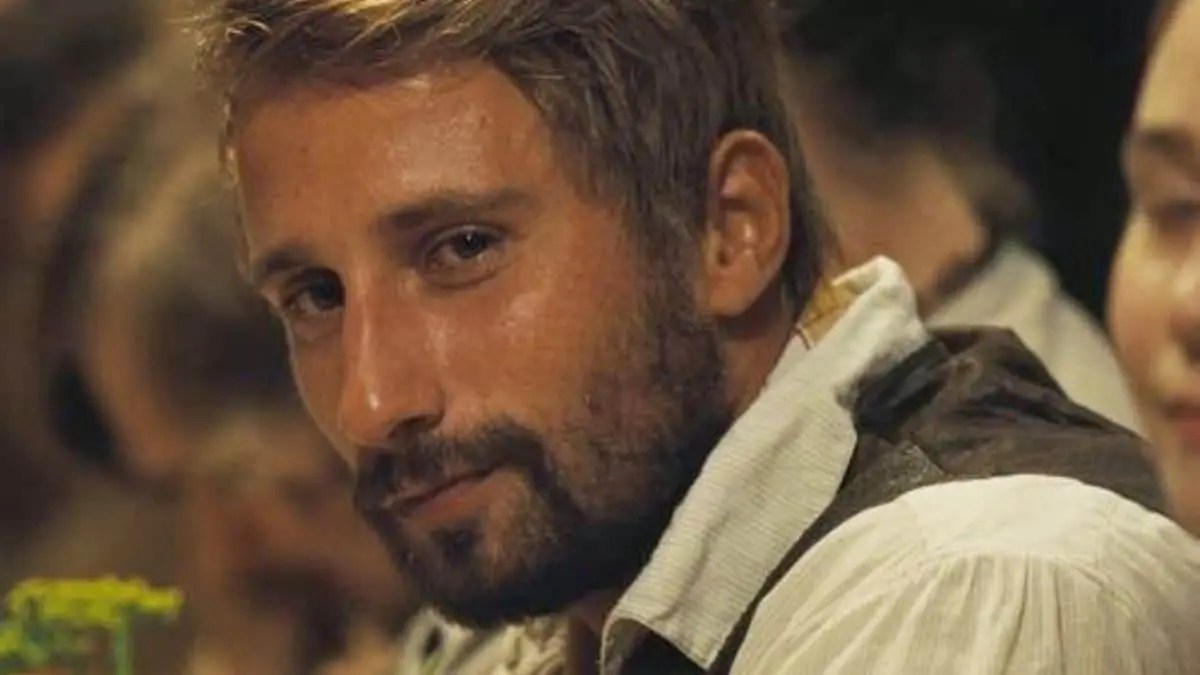Delve into the captivating world of literature with these 10 Memorable characters from Books Whose Names Begin with ‘G’. From enigmatic Jay Gatsby to the tortured soul of Gollum, these characters have etched themselves into the annals of literary history, leaving a lasting impression on readers worldwide. Join us on a journey through their stories, each unique and thought-provoking in its own way, as we celebrate the enduring power of literature to create iconic characters.
10 Memorable characters from Books Whose Names Begin with ‘G’
Gandalf (J.R.R. Tolkien’s “The Lord of the Rings”)

A central and iconic character Gandalf is in J.R.R. Tolkien’s epic fantasy series, “The Lord of the Rings.” He is a wise and powerful wizard who plays a key role in the quest to destroy the One Ring and save Middle-earth from the dark lord Sauron.
Gandalf’s wisdom, magical abilities, and unwavering commitment to the cause make him a beloved figure in the story, guiding and protecting the Fellowship of the Ring as they navigate a perilous journey through a richly imagined world.
Gertrude (William Shakespeare’s “Hamlet”)

In William Shakespeare’s “Hamlet,” Gertrude is a complex character who serves as the queen of Denmark and Hamlet’s mother. She is a woman of grace and sensuality, but her swift remarriage to Hamlet’s uncle Claudius after her husband’s death raises questions about her loyalty and judgment.
Gertrude’s character becomes a focal point of the play’s themes of betrayal, manipulation, and the blurred lines between love and ambition, making her a pivotal figure in the tragic unfolding of the story.
Gabriel Conroy (James Joyce’s “The Dead”)

James Joyce’s “The Dead” unfolds with Gabriel Conroy at its core, a character of profound complexity. Immersed in the festive atmosphere of a Dublin gathering, Gabriel embarks on an introspective odyssey that unravels his sense of self and identity.
His interactions with family and friends become a canvas on which themes of cultural conflict, memory, and the inexorable march of time are artfully painted. In this classic short story, Gabriel Conroy emerges as a figure who invites readers to explore the intricate tapestry of human introspection.
Gollum (J.R.R. Tolkien’s “The Lord of the Rings”)

Originally known as Sméagol Gollum is a complex character in J.R.R. Tolkien’s “The Lord of the Rings.” He is a twisted and tormented creature who was once a hobbit-like figure but became consumed by his obsession with the One Ring.
Gollum’s dual personality, represented by his internal debates between “Sméagol” and “Gollum,” adds depth to his character. His relentless pursuit of the Ring and the tragic history that led to his transformation make him a compelling and pitiable figure in Tolkien’s epic fantasy world.
Goldilocks (Fairy Tale)

In the classic fairy tale, a young and inquisitive girl named Goldilocks embarks on an adventure that brings her to the dwelling of three bears. Her natural curiosity prompts her to sample their porridge, test their chairs for comfort, and finally, recline in their beds.
Yet, Goldilocks’ actions serve as a cautionary tale, emphasizing the vital lesson of respecting the personal space and belongings of others. Goldilocks’ escapade serves as a gentle reminder of the importance of thoughtfulness and consideration when entering the personal spaces of those around us.
Gulliver (“Gulliver’s Travels” by Jonathan Swift)

In Jonathan Swift’s “Gulliver’s Travels,” Lemuel Gulliver embarks on extraordinary journeys to lands inhabited by miniature people, giants, and talking horses. His adventures serve as a satirical lens through which Swift critiques human society and its follies.
Gulliver evolves from an explorer to a disillusioned observer, shedding light on the world’s absurdities and complexities. He challenges readers to reflect on their place in it.
Gabriel Oak (“Far from the Madding Crowd” by Thomas Hardy)

In Thomas Hardy’s “Far from the Madding Crowd,” Gabriel Oak is a steadfast shepherd. His unwavering loyalty and quiet strength support Bathsheba Everdene, the novel’s independent heroine.
Gabriel’s character showcases resilience and devotion through life’s trials. He embodies enduring themes like rural life and love complexities in Hardy’s evocative landscape.
Grinch (Dr. Seuss’s “How the Grinch Stole Christmas!”)

The Grinch, a green and grouchy creature, embarks on a mission to steal Christmas from the cheerful residents of Whoville. However, through his misadventures and encounters with Cindy Lou Who, he experiences a transformation.
The Grinch learns that Christmas isn’t just about presents and decorations; it’s about the warmth of community, love, and kindness. Dr. Seuss’s classic tale beautifully illustrates the power of redemption and the true meaning of the holiday season.
Guy Montag (Ray Bradbury’s “Fahrenheit 451”)

Amidst a dystopian society where firefighter’s duty is to burn books, Guy Montag emerges as a pivotal character. Initially, he dutifully upholds the regime’s strict censorship and conformity. However, as time passes, Montag undergoes a transformation, shedding his loyalty to the oppressive system.
He begins to question the profound implications of extinguishing knowledge and stifling diverse ideas. His evolution serves as a powerful allegory for the enduring struggle for intellectual freedom.
Godot (Samuel Beckett’s “Waiting for Godot”)

In Samuel Beckett’s existential masterpiece, “Waiting for Godot,” the elusive character Godot never makes an appearance, symbolizing the inherent futility of waiting for something that may never arrive.
The play explores existentialism, absurdity, and the human condition. Vladimir and Estragon endlessly await Godot, highlighting life’s futile waiting and searching, emphasizing its uncertainty and meaninglessness. Beckett’s work delves deep into the human desire for purpose and connection.
Also Read: 10 Memorable characters from Books Whose Names Begin with ‘D’



